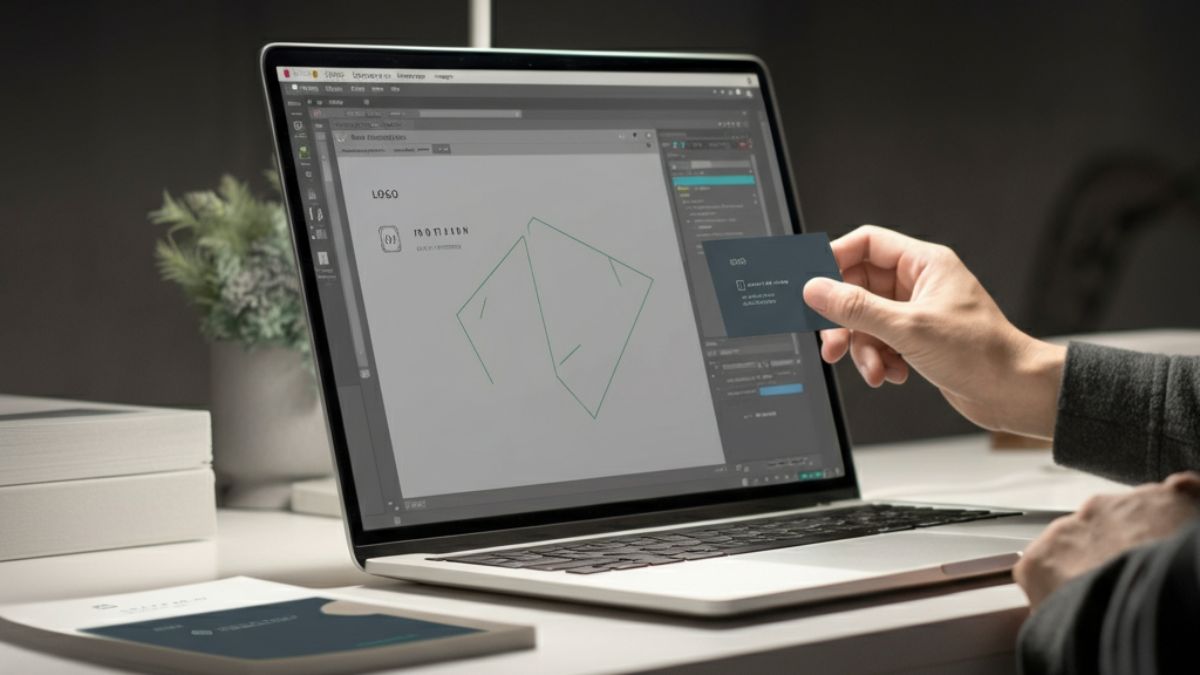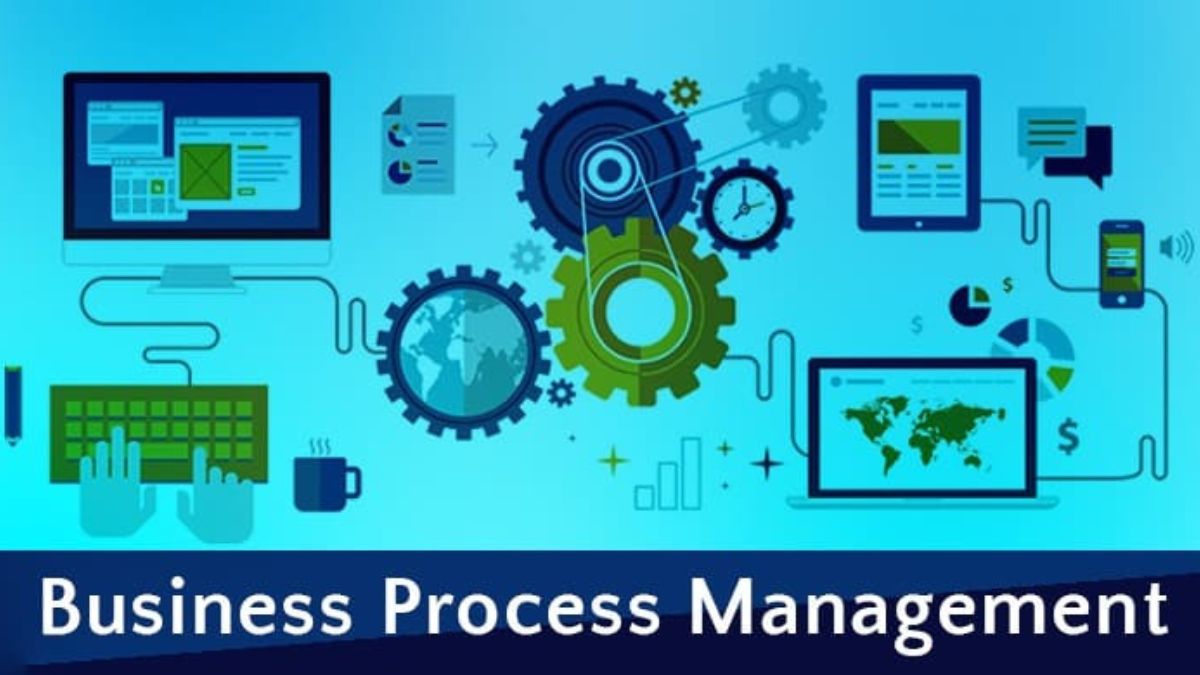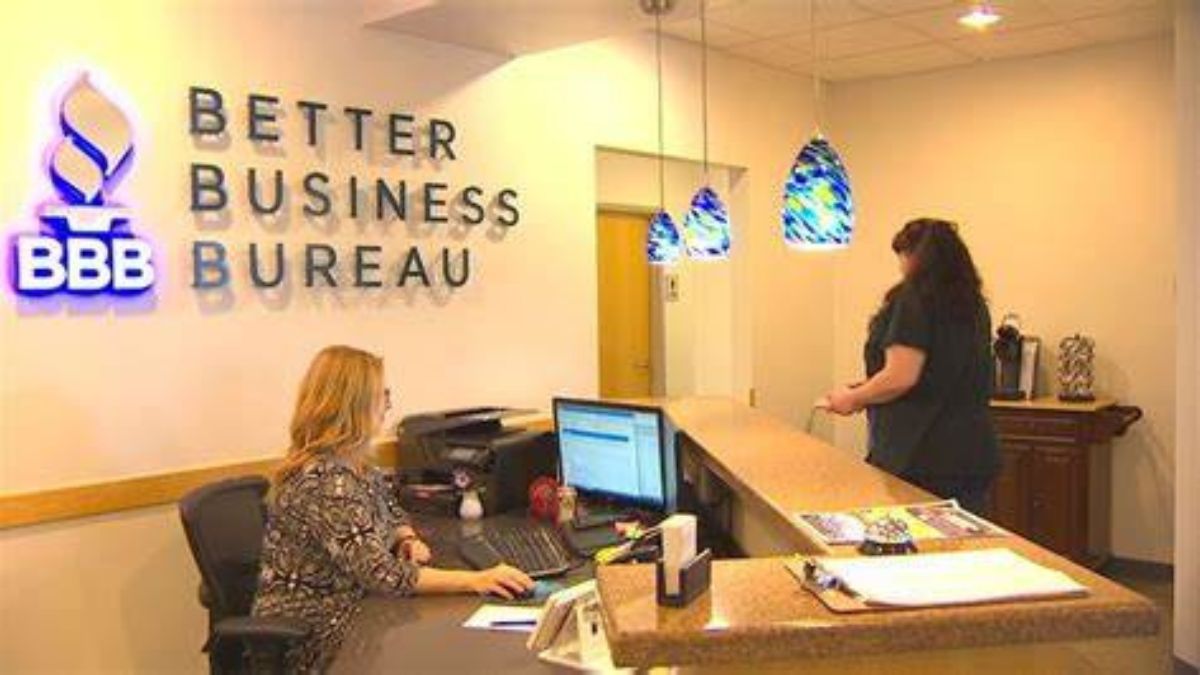Walking into a meeting or networking event without a business cards is like showing up to a potluck empty-handed. Your business card is often the first impression someone has of your brand, and with the rise of online platforms, designing and ordering one has never been easier. But with great convenience comes great responsibility—to create a card that doesn’t just exist but leaves a mark.
If you’re looking to design and order high-quality business cards online, this guide is here to help. From choosing the right layout to picking the best platform, we’ll walk you through the entire process so you can make your cards both professional and memorable.
Why Business Cards Still Matter in the Digital Age
Some might argue that business cards are outdated in our hyper-digital world. But the reality? They’re still a powerful tool. Here’s why business cards remain relevant:
- Memorability: A well-designed business card makes you and your brand memorable.
- Instant Contact Info: Even in a virtual world, handing someone a card is quicker than fumbling with phones to exchange details.
- Brand Representation: Your card is a physical extension of your brand. It shows off your style, values, and professionalism.
With the convenience of online platforms, creating unique and impactful business cards is easier and more accessible than ever. Let’s break down the steps.
Step 1: Define Your Purpose and Audience
Before jumping into design, ask yourself these questions:
- What message do I want my card to convey?
Are you aiming for modern and sleek vibes, or is your brand more playful and creative?
- Who’s my audience?
Are you catering to corporate executives, creative professionals, or casual freelancers? Your audience will dictate your design choices, like colors, fonts, and materials.
Knowing your “why” and “who” ensures your business card aligns with your brand’s identity and resonates with the right people.
Step 2: Choose an Online Platform
There’s no shortage of online tools for designing and printing business cards. Here are some popular options and what they’re best for:
- Vistaprint: Budget-friendly with plenty of templates for every industry.
- Moo: Premium cards with options like square shapes and luxe finishes.
- Canva: Ideal for complete design freedom with its drag-and-drop interface.
- Zazzle: Great for one-of-a-kind, customizable cards.
- GotPrint: Affordable and reliable for bulk print jobs.
Choose a platform that suits your budget, design needs, and desired quality.
Step 3: Nail the Design Essentials
Your business card design should communicate professionalism at a glance. Follow these design tips to stand out:
1. Start with a Strong Layout
Many online platforms offer pre-designed templates, but make sure the layout you choose prioritizes readability. Create clear hierarchies for your business details, such as:
- Your Name
- Title/Role
- Business Name
- Contact Info (Phone, Email, Website, Social Handles)
Pro Tip: Leave some negative space (space without text or graphics) to avoid clutter.
2. Pick Your Fonts Wisely
A clean font speaks volumes about professionalism. Limit yourself to two fonts to keep things cohesive:
- Use a bold or sans-serif font for your name and title. For contact info, stick to something simple and legible.
3. Stay on-Brand with Colors
Think beyond black and white! Use your brand’s colors to tie everything together. If your company’s logo already has vibrant shades, weave those into the card design.
But don’t overdo it. If your card looks like a rainbow explosion, professionalism might take a backseat.
4. Play with Finishes
Online platforms now offer advanced printing options that can elevate your card, including:
- Matte vs. Glossy Finish
- Foil Accents for a touch of luxury.
- Spot UV for textured or raised designs.
- Rounded Corners for a more modern aesthetic.
Small details like these can set your card apart in a stack.
5. Add a QR Code
Take your card to the next level by incorporating a QR code that links to:
- Your portfolio.
- LinkedIn profile.
- Online store.
Platforms like Canva and Moo make adding QR codes seamless.
Step 4: Choose High-Quality Materials
Think about functionality and feel when it comes to materials. Some common options include:
- Standard paper stock for the budget-conscious.
- Recycled paper for eco-friendly businesses.
- Luxurious cardstock for a premium impression.
Remember, how a card feels in someone’s hand is just as impactful as how it looks.
Step 5: Proof and Double-Proof
Never underestimate a second pair of eyes. Before hitting purchase:
- Check for typos and grammatical errors.
- Ensure consistency in fonts, colors, and alignment.
- Review details like phone numbers and URLs for accuracy.
Most online platforms have a preview mode. Be sure to inspect it thoroughly before placing your order.
Step 6: Order and Track
Once you’re satisfied with your design:
- Choose your quantity. It’s typically most cost-effective to buy in bulk.
- Select your shipping preferences. Some platforms offer expedited delivery if you’re in a rush.
- Place your order and eagerly wait for your cards to arrive.
Quick Tip: Always order slightly more than you think you’ll need. Running out of cards mid-conference is never fun.
Going Beyond the Print
Once your cards are in hand, it’s time to start handing them out! Keep these tips in mind to make the most of your business cards:
- Carry a stack wherever you go. You never know when an opportunity might strike.
- Follow up with anyone you give your card to. A quick LinkedIn message referencing your meeting can leave a lasting impression.
- Keep your cards updated. New job title? New website? Always ensure your card reflects the most current information.
Elevate Your Networking Game
Investing a bit of time into designing and ordering professional business cards online can transform your networking approach. Your card is more than a piece of paper; it’s a reflection of your brand and values.
Now that you know how to design and order like a pro, why not get started today? Whether you’re using Canva for creative freedom or Moo for a luxurious finish, remember to choose a design that speaks for you.
Happy designing, and may every card you hand out be the start of a meaningful connection.
FAQs
-
Why are business cards still important in the digital age?
Despite the prevalence of digital tools, business cards remain a tangible and personal way to make a strong first impression. They provide key contact information and establish credibility in face-to-face interactions.
-
What information should I include on my business card?
Your business card should include your name, job title, company name, contact details (such as phone number and email), and a clear logo. If relevant, you can add a website or social media handles.
-
How do I choose the right design for my business card?
Select a design that aligns with your brand’s identity. Consider factors like color schemes, typography, and layout to ensure your card reflects your values and resonates with your target audience.
-
What’s the best material for business cards?
The material depends on your branding and budget. Common options include standard cardstock, premium thicker cards, or even eco-friendly recycled materials. Unique textures or finishes like matte, gloss, or foil stamping can also add a professional touch.
-
Can I create my business card online without design experience?
Absolutely! Many platforms, such as Canva, offer user-friendly templates that require no design experience. These tools make it easy to customize and create a professional look in minutes.










